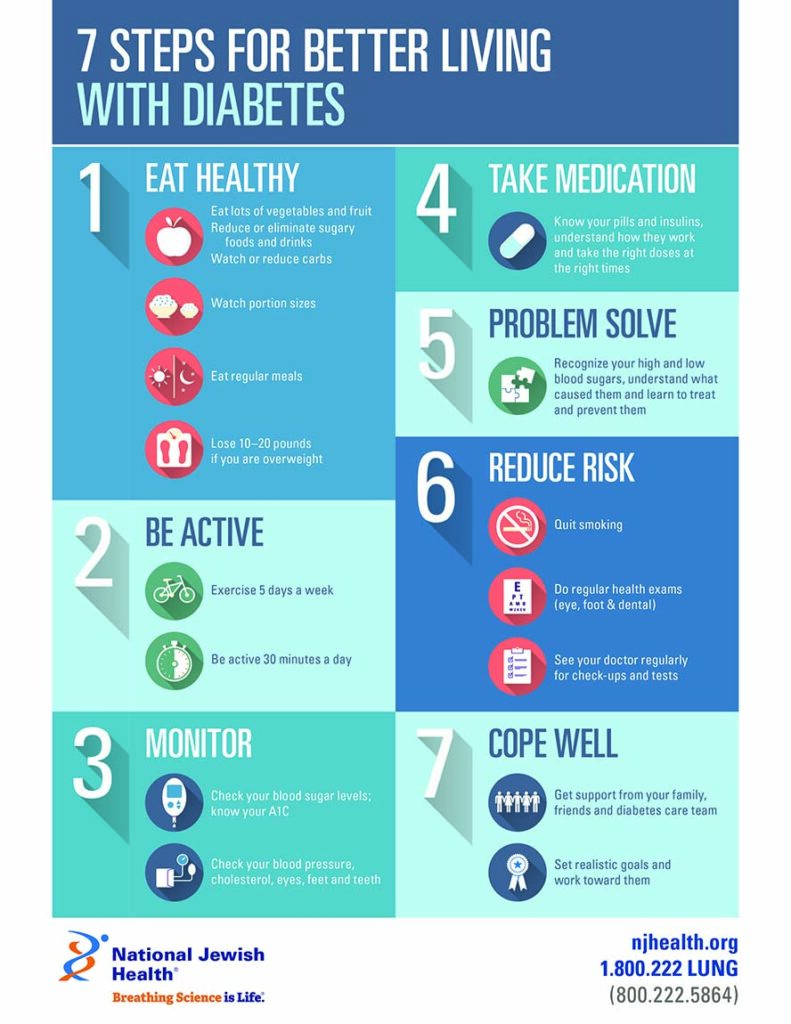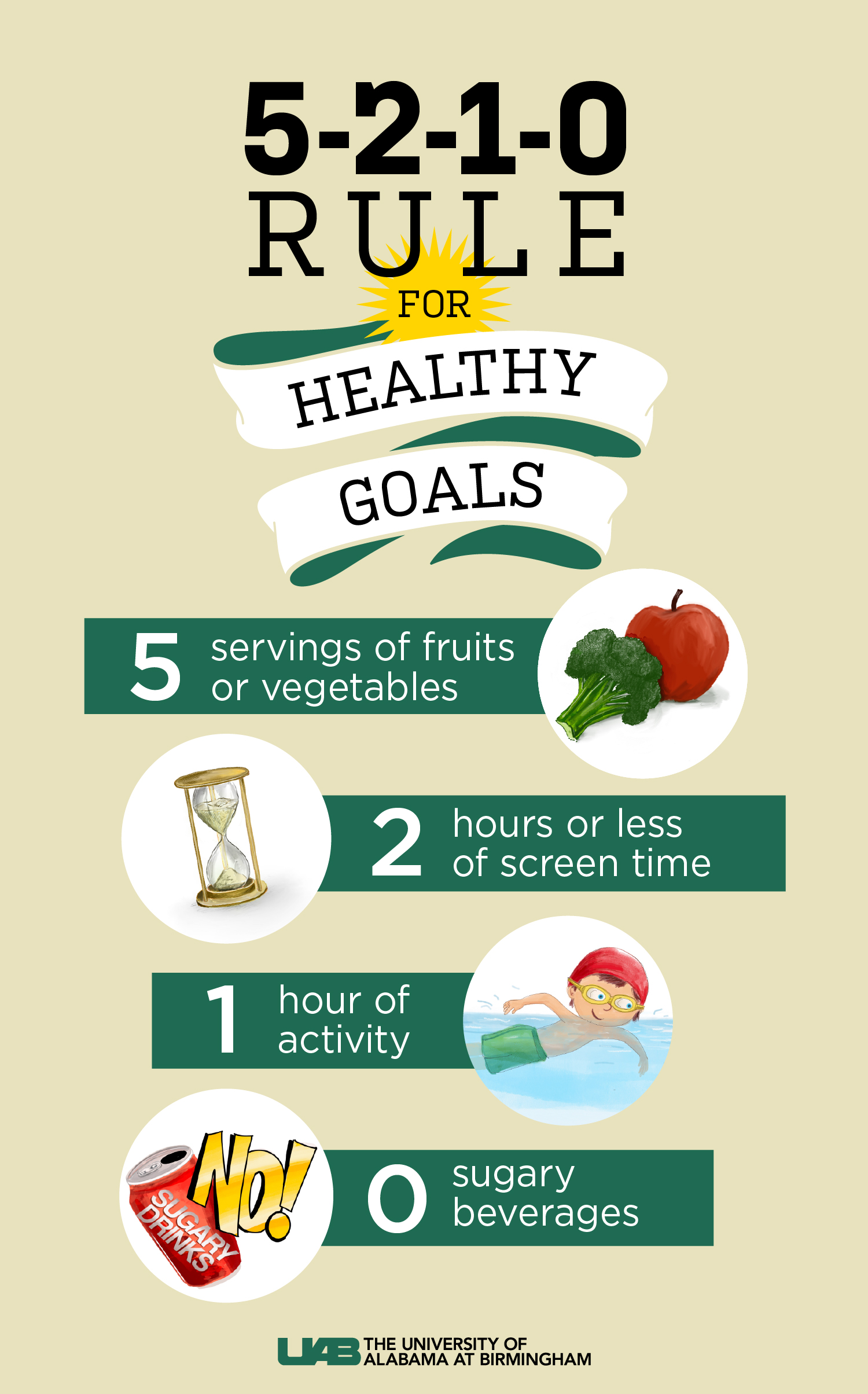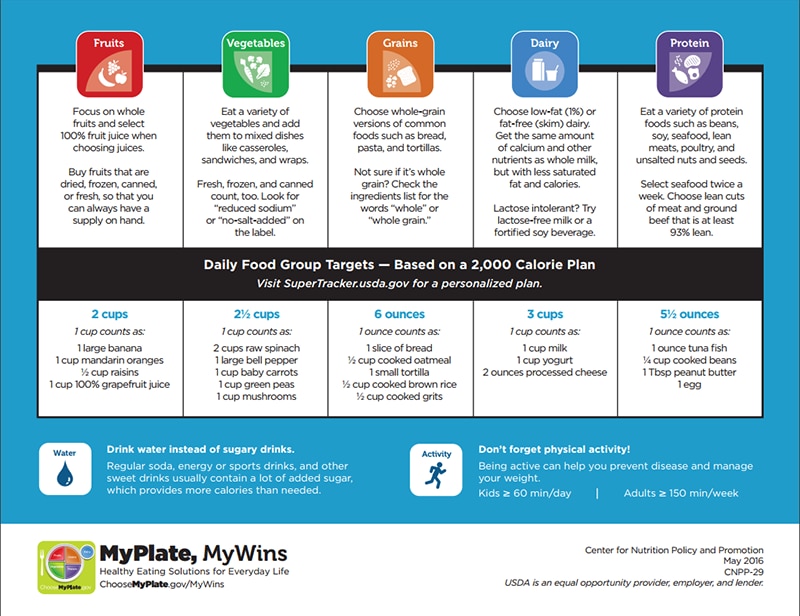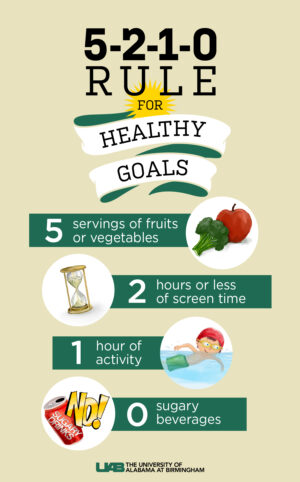Hey there! Are you wondering what steps you can take to prevent or manage type 2 diabetes? Well, you’ve come to the right place! In this article, we will explore some practical and actionable steps that you can incorporate into your lifestyle to keep diabetes at bay or manage it if you already have it. Whether you have a family history of diabetes or are simply looking for ways to improve your overall health, we’ve got you covered!
Curious to learn more about how you can take control of your health and prevent or manage type 2 diabetes? Well, look no further! In this article, we will delve into various strategies and lifestyle changes that can significantly impact your diabetes risk or help you better manage the condition if you already have it. From healthy eating and regular exercise to stress management and mindful living, we will cover a wide range of tips and techniques that you can incorporate into your daily routine. So, stick around and get ready to take charge of your health!

This image is property of www.nationaljewish.org.
Understanding Type 2 Diabetes
Type 2 diabetes is a chronic condition that affects how your body controls blood sugar (glucose) levels. Unlike type 1 diabetes, which is an autoimmune disease that occurs when the body can’t produce enough insulin, type 2 diabetes occurs when the body becomes resistant to the effects of insulin or doesn’t produce enough insulin to maintain normal blood sugar levels. This leads to high blood sugar levels, which can cause serious health complications if left untreated.
What is type 2 diabetes?
Type 2 diabetes is the most common form of diabetes, accounting for approximately 90% of all cases. It usually develops in adulthood, although it can occur at any age, and is often associated with obesity and a sedentary lifestyle. People with type 2 diabetes may experience symptoms such as frequent urination, excessive thirst, increased hunger, fatigue, and blurred vision. However, some individuals may not experience any symptoms at all, which is why regular check-ups and blood sugar monitoring are crucial.
Causes of type 2 diabetes
Type 2 diabetes can have various causes, including genetic factors, lifestyle choices, and certain medical conditions. If you have a family history of diabetes, you may be at a higher risk of developing type 2 diabetes. Additionally, being overweight or obese, having a sedentary lifestyle, and having a poor diet high in processed foods and sugary drinks can increase your risk.
Symptoms of type 2 diabetes
The symptoms of type 2 diabetes can be subtle and may develop slowly over time. Some common symptoms include frequent urination, excessive thirst, increased hunger, unexplained weight loss, fatigue, blurred vision, slow-healing wounds, and recurrent infections. If you experience any of these symptoms, it is important to consult with your doctor for a proper diagnosis and treatment plan.

This image is property of www.cdc.gov.
Preventing Type 2 Diabetes
Prevention is key when it comes to type 2 diabetes. By making positive lifestyle changes, you can significantly reduce your risk of developing the condition. Here are some steps you can take to prevent type 2 diabetes:
Maintaining a healthy weight
Maintaining a healthy weight is crucial in preventing type 2 diabetes. Being overweight or obese increases your risk, but even losing a small amount of weight can have a significant impact on your risk factors. Focus on consuming a balanced, nutritious diet and engaging in regular physical activity to achieve and maintain a healthy weight.
Eating a balanced diet
A balanced diet is essential for preventing and managing type 2 diabetes. Aim to consume a variety of nutrient-rich foods, including fruits, vegetables, whole grains, lean proteins, and healthy fats. Limit your intake of sugary foods and drinks, processed foods, and foods high in saturated and trans fats.
Engaging in regular physical activity
Regular physical activity is beneficial for both preventing and managing type 2 diabetes. Aim for at least 150 minutes of moderate-intensity aerobic activity each week, along with strength training exercises at least twice a week. Find activities that you enjoy and make them a regular part of your routine.
Managing Type 2 Diabetes
If you have already been diagnosed with type 2 diabetes, it is important to have a diabetes management plan in place. This plan may include the following steps:
Creating a diabetes management plan
Work with your healthcare team to create a personalized diabetes management plan that suits your individual needs. This plan may include monitoring your blood sugar levels, making dietary changes, taking medication or insulin as prescribed, and engaging in regular physical activity.
Monitoring blood sugar levels
Regularly monitoring your blood sugar levels is crucial in managing type 2 diabetes. This involves checking your blood sugar levels using a glucose meter and keeping a record of the results. Your healthcare team can help you determine the target range for your blood sugar levels and advise you on how often to test.
Medication and insulin management
Depending on your individual needs, your healthcare team may prescribe medication or insulin to help manage your blood sugar levels. It is important to take your medication or administer insulin as prescribed and to follow up with your healthcare team regularly to discuss your progress and make any necessary adjustments.

This image is property of www.uab.edu.
Lifestyle and Behavior Changes
In addition to following your diabetes management plan, there are several lifestyle and behavior changes that can help you prevent or manage type 2 diabetes.
Quitting smoking
If you smoke, quitting is one of the best things you can do for your overall health and to reduce your risk of developing complications related to type 2 diabetes. Smoking increases your risk of heart disease and further damages your blood vessels, making it even more difficult to manage your blood sugar levels.
Limiting alcohol consumption
Alcohol can affect blood sugar levels and can contribute to weight gain, both of which can make it more challenging to manage type 2 diabetes. If you choose to drink alcohol, do so in moderation and always with food. It’s important to talk to your healthcare provider about how alcohol may affect your diabetes management plan.
Stress management techniques
Stress can have a negative impact on blood sugar levels, so it’s important to find healthy ways to manage stress. This can include practicing relaxation techniques such as deep breathing, meditation, or yoga, engaging in regular physical activity, getting enough sleep, and seeking support from friends, family, or a mental health professional.
Dietary Recommendations
When it comes to preventing and managing type 2 diabetes, making healthy dietary choices is crucial. Here are some dietary recommendations to consider:
Choosing whole grains and fiber-rich foods
Whole grains such as brown rice, whole wheat bread, and oatmeal, as well as fiber-rich foods like fruits, vegetables, and legumes, can help control blood sugar levels and improve overall health. These foods are filling and can help you maintain a healthy weight.
Reducing sugar and processed food intake
Limiting your intake of sugary foods and drinks is important in managing blood sugar levels and preventing complications associated with type 2 diabetes. Instead, opt for natural sugars found in fruits and limit your consumption of processed foods high in added sugars.
Incorporating fruits and vegetables
Fruits and vegetables are packed with essential vitamins, minerals, and fiber. They are low in calories and high in nutrients, making them an excellent choice for managing type 2 diabetes. Aim for a variety of fruits and vegetables in your diet to ensure you’re getting a well-rounded mix of nutrients.

This image is property of www.niddk.nih.gov.
Physical Activity and Exercise
Regular physical activity and exercise are essential for managing type 2 diabetes. Here are some tips to help you incorporate physical activity into your daily routine:
Finding enjoyable exercises
Find physical activities that you enjoy and try to make them a regular part of your routine. This could include activities such as walking, swimming, cycling, dancing, or participating in group fitness classes. By finding activities you enjoy, you’ll be more likely to stick with them.
Setting goals and sticking to them
Set realistic goals for yourself when it comes to physical activity. Start with small, achievable goals and gradually increase the intensity and duration of your workouts over time. Additionally, try to incorporate regular exercise into your weekly schedule and make it a priority.
Incorporating strength training
Strength training exercises are important for building lean muscle mass and improving insulin sensitivity. Incorporate exercises that target all major muscle groups, such as weightlifting, resistance band workouts, or bodyweight exercises. Remember to always use proper form and consult with a professional if you’re unsure about how to perform certain exercises.
Regular Medical Check-ups
Regular check-ups with your healthcare provider are important for monitoring your overall health and managing type 2 diabetes. Here are some key areas that should be monitored:
Scheduling regular visits to the doctor
Regular visits to your doctor are crucial for managing type 2 diabetes. During these visits, your healthcare provider will monitor your blood sugar levels, blood pressure, and cholesterol levels. They may also conduct additional tests to check for any potential complications or changes to your health.
Monitoring blood pressure and cholesterol levels
High blood pressure and high cholesterol are common complications associated with type 2 diabetes. Regular monitoring of these levels is important for managing your overall health and reducing your risk of heart disease and other complications.
Eye and foot examinations
Regular eye examinations are essential for identifying any potential vision problems and to monitor for diabetic retinopathy, a condition that can lead to vision loss if left untreated. Additionally, regular foot examinations are important for detecting any changes in circulation or nerve function, which are common complications of type 2 diabetes.

This image is property of nationaljewish.org.
Support Systems and Education
Seeking support and educating yourself about type 2 diabetes are crucial steps in managing the condition. Here are some ways to find support and continue your education:
Joining diabetes support groups
Joining a diabetes support group can provide valuable support and camaraderie. These groups allow you to connect with others who are going through similar experiences and provide an opportunity to share tips, advice, and personal stories. Your healthcare provider can help you find local support groups or online communities.
Seeking professional guidance
It’s important to work closely with your healthcare provider and diabetes care team to receive guidance and support in managing your diabetes. They can provide personalized advice, answer your questions, and help you navigate any challenges you may encounter.
Continuing to educate oneself about diabetes
Diabetes is a complex condition, and it’s important to continue educating yourself about the latest research, treatments, and lifestyle management strategies. Stay informed by reading reputable sources, attending educational seminars or webinars, and asking your healthcare provider for recommended resources.
Risk Factors and Complications
It’s important to be aware of the risk factors for type 2 diabetes and potential complications that can arise if the disease is not properly managed. By understanding these factors, you can take steps to reduce your risk and improve your overall health.
Identifying risk factors for type 2 diabetes
Risk factors for type 2 diabetes include being overweight or obese, having a sedentary lifestyle, having a family history of the disease, having a history of gestational diabetes, and being of certain ethnicities such as African American, Hispanic, Native American, or Asian American. By identifying these risk factors, you can focus on making the necessary lifestyle changes to reduce your risk.
Recognizing potential complications
If left untreated or poorly managed, type 2 diabetes can lead to various complications, including heart disease, stroke, kidney disease, nerve damage, eye problems, and foot problems. Recognizing the potential complications can motivate you to take proactive steps to manage your diabetes and reduce your risk.
Reducing risks through preventive measures
By following the steps outlined in this article, you can significantly reduce your risk of developing type 2 diabetes and prevent potential complications. By making healthy lifestyle choices, monitoring your blood sugar levels, taking prescribed medications, and seeking the support and guidance of healthcare professionals, you can take control of your health and effectively manage type 2 diabetes.
Conclusion
Preventing and managing type 2 diabetes requires making positive lifestyle changes and seeking medical support. By maintaining a healthy weight, following a balanced diet, engaging in regular physical activity, and making other lifestyle changes, you can significantly reduce your risk of developing type 2 diabetes. If you have already been diagnosed, it is important to work closely with your healthcare team to create a personalized management plan and to continue educating yourself about the condition. With the right support and guidance, you can take control of your health and effectively prevent or manage type 2 diabetes for a healthier future.

